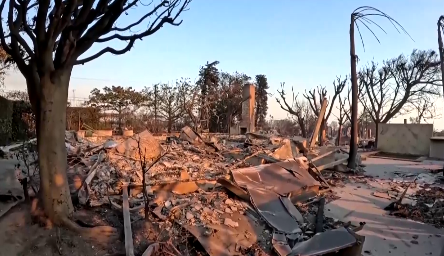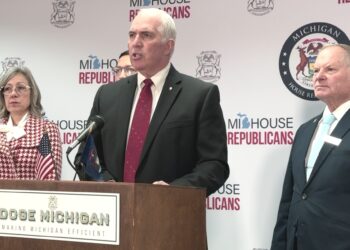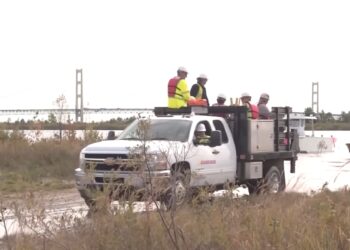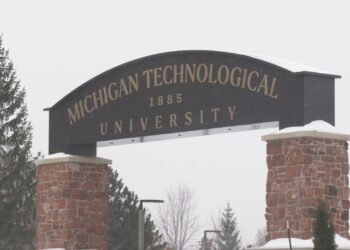MARQUETTE COUNTY, Mich. (WZMQ) – The difference between what’s happening in Los Angeles and what could potentially happen here in the UP is a matter of the environment. Wildfires feed on untamed and very dry undergrowth, as well as the powerful Santa Ana winds, which drive the fires to a greater intensity. DNR, Resource Protection Manager, Celeste Chingwa says the best way to prevent wildfires is to monitor the weather.
“If it’s hot, if it’s dry, if you hear, you know it’s getting windy, or you observe it’s getting windy, and you get a few sparks flying out of what you know, your burn barrel, or if it’s a campfire, you need to put it out right away,” warned Chingwa.
Working out of this command center, Chingwa can keep track of every piece of firefighting equipment and all their personnel. This giant map, along with powerful radios gives her a comprehensive snapshot of their readiness and their ability to fight fires. But even the best plans are no match for Mother Nature.
“That’s what’s happening out in California right now. They had a plan. You know, everybody makes a plan. It’s responsible emergency management to plan for those, but when those big events come, you can’t plan for that,” explained Chingwa.
There are many differences between LA and the Upper Peninsula, However, the UP does have one very important distinction not found in LA… winter.
“The other thing that’s not so similar to California, you know, we’ve got this time of the year, so we’ve got a good chance that things are going to get very moist again by the spring of the year, and then as it starts drying, you know, March, April, May, that’s when we start seeing our fire activity,” said Chingwa.
What turns a small fire into a catastrophe is simple, drought plus dry vegetation, plus high winds equals a disaster waiting to happen.
“You have dry conditions you know, you’ve got humidity values that are crazy, crazy low and so any kind of wind event helps move those fires along if they ignite,” said Chingwa.
Since the inception of Smokey the Bear, educating the public has been a powerful prevention tool.
“We are trying to educate people about what causes fires. We keep them educated on a daily basis,” Remarked Chingwa.
The UP and Los Angeles are different in so many ways, but the common denominator is the damage any fire can do, no matter where it erupts

















